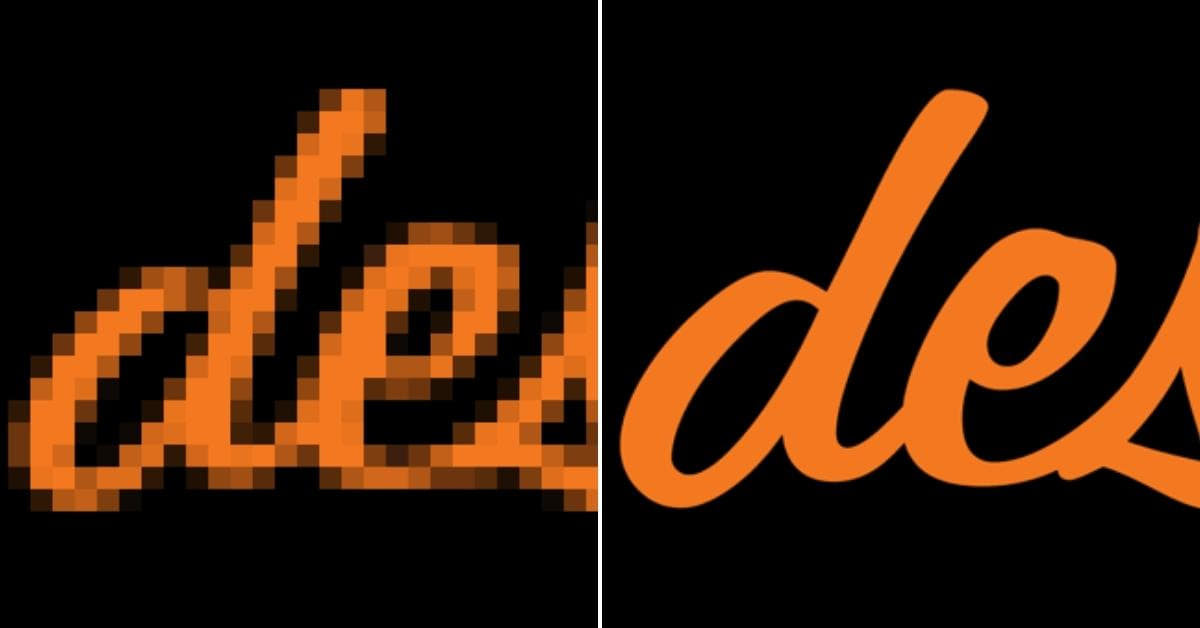In the world of graphic design, converting images to vectors is a fundamental skill that can enhance your creative possibilities and simplify the design process. Whether you’re a seasoned designer or a beginner looking to learn more, this comprehensive guide will walk you through the process of converting images to vectors. By the end of this article, you’ll have a solid understanding of the techniques, tools, and best practices involved in this process.
What is a Vector Image?
A vector image is a digital graphic that is created using mathematical equations and points rather than pixels. Unlike raster images, which use a grid of pixels to represent graphics, vector images can be scaled infinitely without losing quality. They are composed of paths, curves, and shapes that can be easily edited and manipulated.
Why Convert Images to Vectors?
There are several compelling reasons to convert raster images (such as JPEG or PNG) to vector images:
- Scalability: Vector images can be resized without losing quality, making them ideal for logos and designs that need to appear in various sizes.
- Editing Ease: Vector images are highly editable, allowing you to change colors, shapes, and other elements with precision.
- Print and Web Compatibility: Vector images can be used for both print and web design, providing versatility.
- Quality Preservation: Vectors maintain sharpness and clarity, ensuring professional-looking graphics.
Tools for Converting Images to Vectors
To convert images to vectors, you can use various software and online tools. Here are some popular options:
- Adobe Illustrator: A professional-grade vector graphics editor, widely used in the design industry.
- Inkscape: A free, open-source vector graphics editor that’s beginner-friendly.
- CorelDRAW: Another professional vector graphics editor known for its robust features.
- Online Converters: Websites like Vector Magic and Online-Convert.com offer online conversion tools.
Steps to Convert an Image to a Vector
Converting an image to a vector is a transformative process that empowers designers with endless possibilities. In the following steps, we’ll guide you through the seamless journey of turning a raster image into a crisp, infinitely scalable vector masterpiece.
Step 1: Choose Your Image
Select the image you want to convert. Ensure it’s of high quality for the best results.
Step 2: Import the Image
Open your vector editing software and import the image.
Step 3: Trace the Image
Use the tracing tool in your software to convert the raster image into vector paths.
Step 4: Refine and Edit
Adjust the vector paths, colors, and other elements to achieve the desired result.
Step 5: Save Your Vector Image
Save your vector image in a suitable format (e.g., SVG, AI, or EPS).
Tips for a Successful Conversion
- Use high-resolution source images for better results.
- Experiment with different tracing options in your software to find the best settings.
- Pay attention to details, as manual editing may be required to achieve the desired quality.
- Practice, practice, practice! Converting images to vectors improves with experience.
FAQs
Q1: Are there any free tools for converting images to vectors?
Yes, tools like Inkscape and online converters like Vector Magic offer free options for image-to-vector conversion.
Q2: Can any image be converted to a vector?
Most images can be converted to vectors, but complex or low-resolution images may require more manual editing.
Q3: What file formats are best for vector images?
Common vector image formats include SVG, AI, and EPS. Choose the format that best suits your project.
Q4: Is converting images to vectors legal?
Converting images to vectors for personal or educational purposes is generally legal. However, be cautious about copyrighted material for commercial use.
Q5: What are the advantages of vector images over raster images?
Vectors offer scalability, editing flexibility, and compatibility for both print and web, while raster images can lose quality when resized.
Conclusion
In conclusion, converting images to vectors is a valuable skill for graphic designers, providing versatility, quality, and endless creative possibilities. By following the steps outlined in this guide and utilizing the recommended tools, you can take your design projects to the next level. Remember to practice and experiment to master this technique.
This page was last edited on 22 February 2024, at 5:17 pm
